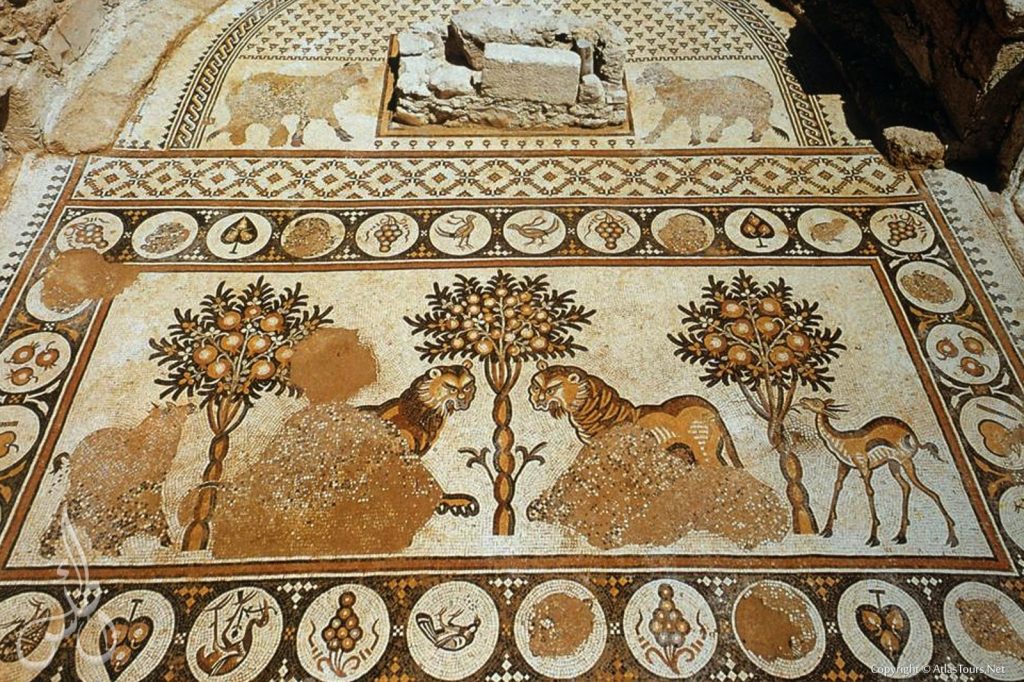Umm ar-Rasas is an archaeological site in Jordan that is known for its well-preserved Byzantine and early Islamic ruins. It is a UNESCO World Heritage Site and features a large mosaic floor with intricate designs, as well as several ancient churches and other structures dating back to the 5th to 9th centuries AD. It’s a fascinating historical site for those interested in ancient architecture and history.
History of Umm ar-Rasas

Umm ar-Rasas, has a rich history dating back to ancient times. Here’s a brief overview:
- *Roman and Byzantine Period*: The site was originally established by the Romans during the 3rd century AD as a military encampment along the Limes Arabicus, a defensive line in the eastern Roman Empire. It served as a base for Roman soldiers and evolved into a small town during the Byzantine era.
- *Byzantine Architecture*: Umm ar-Rasas flourished during the Byzantine period (5th to 7th centuries AD). The town boasted several churches, including the famous St. Stephen Church, which is renowned for its intricate mosaic floor depicting various biblical scenes and cities of the region. These mosaics are some of the best-preserved examples of Byzantine art in the Levant.
- *Early Islamic Period*: After the Islamic conquest in the 7th century AD, Umm ar-Rasas continued to be inhabited. The site saw the construction of Islamic-style structures, including a mosque, reflecting the cultural transition in the region.
- *Abandonment and Rediscovery*: The town eventually fell into decline and was abandoned, likely due to various factors, including earthquakes and changes in trade routes. It was largely forgotten until its rediscovery in the 19th century by Western explorers and archaeologists.
- *UNESCO World Heritage Site*: In 2004, Umm ar-Rasas was designated as a UNESCO World Heritage Site due to its historical and archaeological significance, particularly its well-preserved mosaics and the insights it provides into the transition from the Byzantine to the early Islamic period in the region.

Today, Umm ar-Rasas stands as a testament to the diverse cultural and architectural heritage of the region, attracting visitors interested in its historical and artistic significance.
